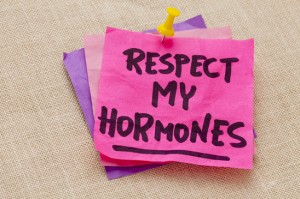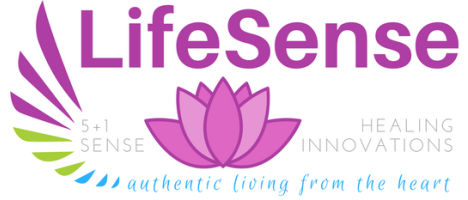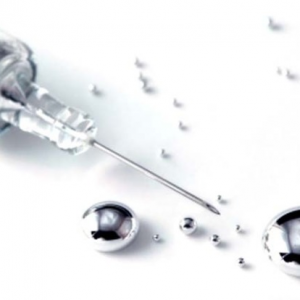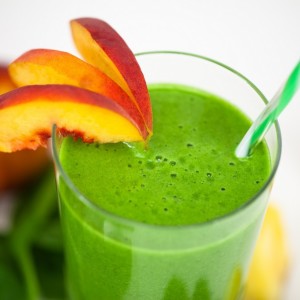Xenoestrogens Awareness and Estrogen Dominance
 Plastic = Xenoestrogens!
Plastic = Xenoestrogens!
Many of us are not aware that there are many dangerous Xenoestrogens in the foods, cosmetics, plastic food packaging, cleaning materials, household products and environment that we come into contact daily which pose a threat to both men and women alike. Women are more prone to the health threats and dangers that these Xenoestrogens cause since they disrupt the endocrine systems resulting in reproductive system disruption, uterine cancer, endometriosis, fertility problems, hormone imbalance and more specifically estrogen dominance.
We are constantly assaulted by estrogens in our environment from the food we eat and the chemicals we use. Estrogen mimickers in the form of chemicals (xenoestrogens), and foods and plants (phytoestrogens), mimic the action of estrogen produced in cells and can alter hormonal activity.
It is important for all of us to be aware of the effects of estrogens in our environment. It should be of particular interest for anyone dealing with an estrogen dominance condition such as uterine fibroid tumours, fibrocystic breasts, endometriosis, glandular dysfunction, hair loss, weight gain, and depression, to name just a few.
Evidence is steadily growing that xenoestrogens and other hormone mimicking substances are implicated in a wide range of human and wildlife health problems. Estrogen dominance from these environmental hormone disrupters are causing an imbalance of female hormones, creating a host of estrogen dominance symptoms (see below).
Girls and boys are reaching puberty too early as a result of these disrupters. Additionally, xenoestrogens produce hormonal stimuli that contributes to inappropriate growth of mammary tissue cells, resulting in a problem society is calling “man boobs.” Some theorize that estrogen dominance in men is contributing to hair loss, atherosclerosis, prostrate problems, lowered libido, and impotency.
 What are Xenoestrogens?
What are Xenoestrogens?
Xeno literally means foreign, therefore xenoestrogens means foreign estrogens. Some of the 70,000 registered chemicals for use in the United States have hormonal effects in addition to toxic effects. The synergistic effects of exposure to many xenoestrogens are well documented, but largely unknown. These substances can increase the estrogen load in the body over time, and are difficult to detoxify through the liver. This further compounds the problem of estrogen dominance.
Xenoestrogens are a sub-category of the endocrine disrupter group that specifically have estrogen-like effects. Endocrine disruptors are a category of chemicals that alter the normal function of hormones. Normally, our endocrine system releases hormones that signal different tissues telling them what to do. When chemicals from the outside get into our bodies, they have the ability to mimic our natural hormones; blocking or binding hormone receptors. This is particularly detrimental to hormone sensitive organs like the uterus and the breast, the immune and neurological systems, as well as human development.
Estrogen is a natural hormone in humans that is important for bone growth, blood clotting and reproduction in men and women. The body regulates the amount needed through intricate biochemical pathways. When xenoestrogens enter the body they increase the total amount of estrogen resulting in a phenomenon called, estrogen dominance. Xenoestrogens are not biodegradable so, they are stored in our fat cells. Build up of xenoestrogens have been indicated in many conditions including: breast, prostate and testicular cancer, obesity, infertility, endometriosis, early onset puberty, miscarriages and diabetes.
Examples of everyday items that may include xenoestrogens are: fruits and vegetables sprayed with pesticides, plastic water bottles and Tupperware, nail polish, makeup, birth control and on and on.
Estrogen Dominance Symptoms
| MILD | MODERATE | SEVERE |
| Premenstrual breast tenderness | Irregular menstruation | Uterine fibroid tumours |
| Premenstrual mood swings | Weight gain | Endometriosis |
| Premenstrual fluid retention, weight gain | Hair loss | Fibrocystic breasts |
| Premenstrual headaches | Depression | Polycystic ovary syndrome |
| Menstrual cramps | Fatigue | Breast tumors |
| Thyroid dysfunction | Infertility | |
| Adrenal gland fatigue | Thickened uterine lining | |
| Headaches, migraines | Accelerated aging | |
| Severe menstrual cramps | Miscarriage | |
| Heavy periods with clotting | Anxiety and panic attacks | |
| Joint and muscle pain | Autoimmune disorders | |
| Decreased libido | Fibromyalgia | |
| Insomnia and restless sleep | Impotency | |
| Dry eyes | Estrogen related cancers | |
| Lowered libido | ||
| Prostate problems |
 Most common Xenoestrogens in the Household
Most common Xenoestrogens in the Household
- Tap Water containing synthetic hormones, heavy metals, fluoride and chlorine
- Fruits and Vegetables sprayed in pesticides
- Plastic bottles, containers, packaging and Tupperware
- Tin containers and cans that are coated with BPA
- Toiletries, skincare and bathing products
- Nail polish
- Make up
- Birth Control Pill
- Cleaning Agents
Guidelines to Avoid Xenoestrogens
- Avoid all pesticides, herbicides, and fungicides. Wash your food well to rid the pesticides. Bathe the washed food in a produce wash or ozonated water for 20 minutes before cooking.
- Have a good water filter for your source of water.
- Use only organic based whole foods when you can.
- Buy hormone free meats and dairy products where possible.
- Avoid plastic goods – they leach into the environment.
- Do not microwave food in plastic containers, and especially avoid the use of plastic wrap to cover food for microwaving.
- Use glass or ceramics whenever possible to store food.
- Do not leave plastic containers, especially your drinking water, in the sun.
- If a plastic water container has heated up significantly, throw it away – do not drink the water either.
- Don’t use fabric softeners as it puts petrochemicals right on your skin.
- Use a simple laundry and dish detergent with less chemicals.
- Use organic soaps and toothpastes. Avoid fluoride.
- Avoid creams and cosmetics that have toxic chemicals and estrogenic ingredients such as parabens and stearal konium chloride. Switch to natural alternatives.
- Avoid nail polish and nail polish removers.
- Use only naturally based perfumes. Most perfumes are petrochemically based.
- Avoid surfactants found in many condoms and diaphragm gels.
- Avoid new carpet – it can give off noxious fumes.
- Avoid X-rays as much as possible.
- Be aware of noxious gas such as that from copiers and printers, carpets, fiberboard, etc. Computer monitors can emit a high level of electromagnetic force (EMF).



















